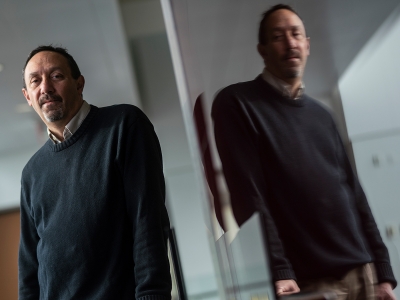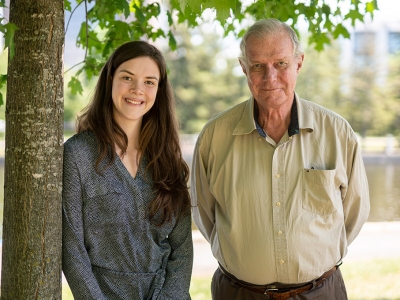By Ellen Tsaprailis
Three Carleton University Master of Architecture graduates are ready to pursue their dreams of becoming licensed architects and see their design ideas come to life.
Describing the three-year master’s program as inspiring and supportive, Maya Jarrah, Kareem Mitchell and Jesse Bird are all proud to have completed their graduate studies at Carleton’s Azrieli School of Architecture and Urbanism.
“The school is unique in many ways, holding rich history, character and fostering a learning atmosphere unlike anything I’ve experienced before,” says Bird. “From the incredibly bright and supportive teaching staff to the resources the school has to offer, the architecture school has become an invaluable milestone in my own education and something that will surely stick with me as I continue into my career.”
A Canadian Experience
Born and raised in Amman, Jordan, Maya Jarrah has always had an interest in the spatial qualities of architecture.
“I’ve always been conscious and mindful of how a space makes me feel and act,” says Jarrah. “How the classroom with direct sunlight at school for example, appealed to me more than the one with smaller windows and indirect light. I would constantly come up with ideas to make a space feel better and function as a young child, and I always dreamt of renovating my grandparents’ house!”
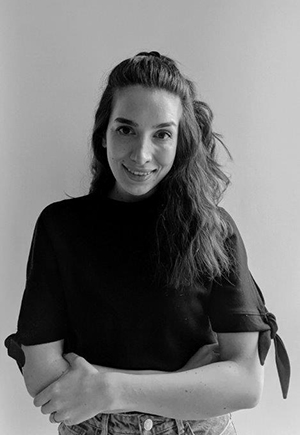
Maya Jarrah
Her interest in cities and buildings and their different characteristics grew and she went on to study interior architecture in Germany and then worked at an architectural firm in Hamburg.
“I had the chance to work with talented architects, and work on local and international projects such as the new stock exchange building in Tehran,” says Jarrah. “It was a valuable learning experience, which made me aware of how exciting, but also demanding and competitive a career in architecture could be.”
Jarrah moved to Canada and had difficulty finding a job opportunity without contacts in the architectural field. With the plan of eventually pursuing graduate-level studies, Jarrah started speaking with other master’s students at Carleton and received a lot of positive feedback.
“I realized that doing a professional degree is a must since I was planning to start a career in Canada and eventually get licensed as an architect. I arranged a meeting with Prof. Federica Goffi, who was so generous with her time and our meeting was so positive and constructive,” recalls Jarrah.
“She encouraged me to apply to the program and gave me some feedback on my portfolio. I figured that this is the kind of school and community that I would like to be part of.”
Throughout her time in the master’s program, Jarrah’s understanding of design has developed and matured in her opinion.
“I was always pushed to be experimental with my process and ideas, as new bold ideas are always celebrated and pushed further at Carleton. What I have also acquired from the degree is analytical thinking skills. I have learned a lot about topics that I never expected to learn about at architecture school—like the architecture of violence in occupied Palestine, Apartheid in South Africa, racial inequality in Oakland, Calif., the Chernobyl nuclear accident and many other topics and issues that are affected by architecture.”
Jarrah’s immediate plans are to work at an architectural firm and get licensed. She hopes to eventually teach design courses at the university level as well.
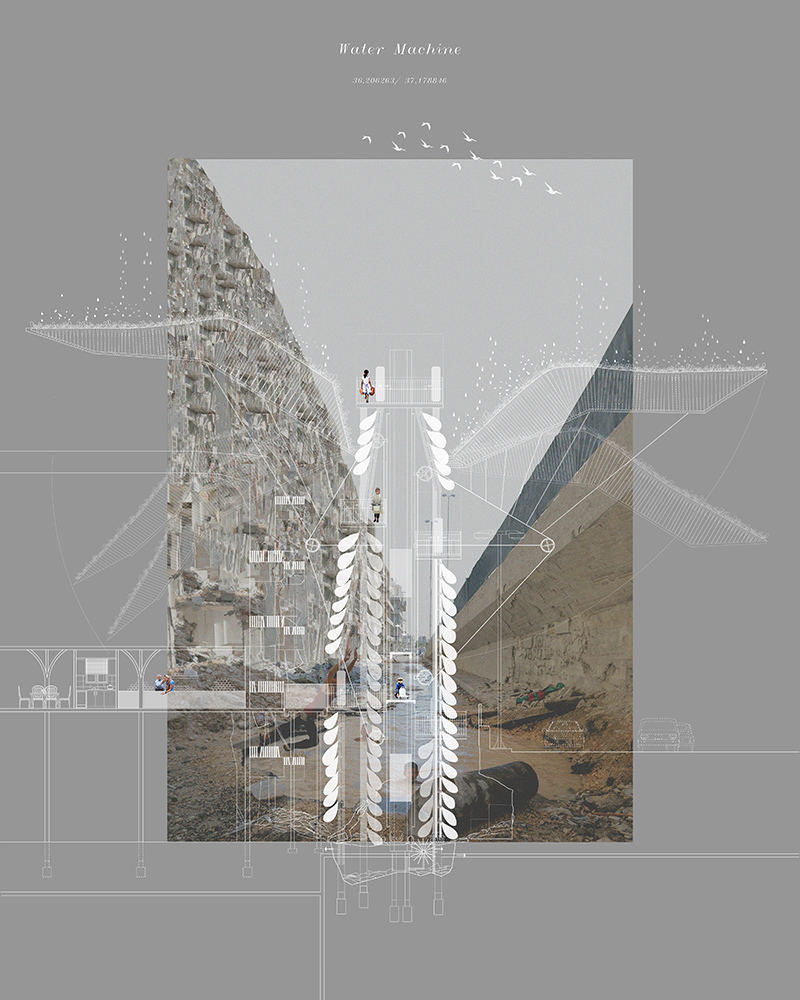
Against Gravity: An exploration in Post-Conflict Aleppo by Maya Jarrah
Click here for more information about Maya’s thesis.
Local and International Experiences
Kareem Mitchell hails from Whitby, Ont., and completed both his undergrad and master’s at Carleton.
His positive experience with his bachelor’s degree inspired him to stay on.

Kareem Mitchell
“I developed great connections and friendships at Carleton,” says Mitchell. “The school has provided me with many opportunities to learn and research both in Canada and abroad. Over the course of my architectural studies, I had the opportunity to pursue academic projects in Europe, Asia and Africa.”
The creative process and working with stakeholders on a project is what inspired Mitchell to embrace architecture.
“What inspired my interest in architecture was the transformative impact of design and the inherent visionary goal to make a dream become a reality. I have a passion for envisioning new environments and co-ordinating the responses and relationships they may elicit with their occupants,” says Mitchell.
“I developed an interest in the sustainable growth of cities, the phenomenon of global urbanization, and the intersection of architecture and interactive media.”
He praises the multifaceted education he received and is happy to have been able to develop his skills in designing projects on a multitude of scales in various contexts.
“I also felt very liberated to explore other disciplines outside of the typical purview of architecture,” says Mitchell. “For instance, I took classes and undertook projects with game engines and in theatre production.”
While his immediate future is about working at an architectural firm and eventually getting licensed, Mitchell would like to open his own architectural practice eventually and build on his budding skill set in designing houses in rapidly urbanizing areas.
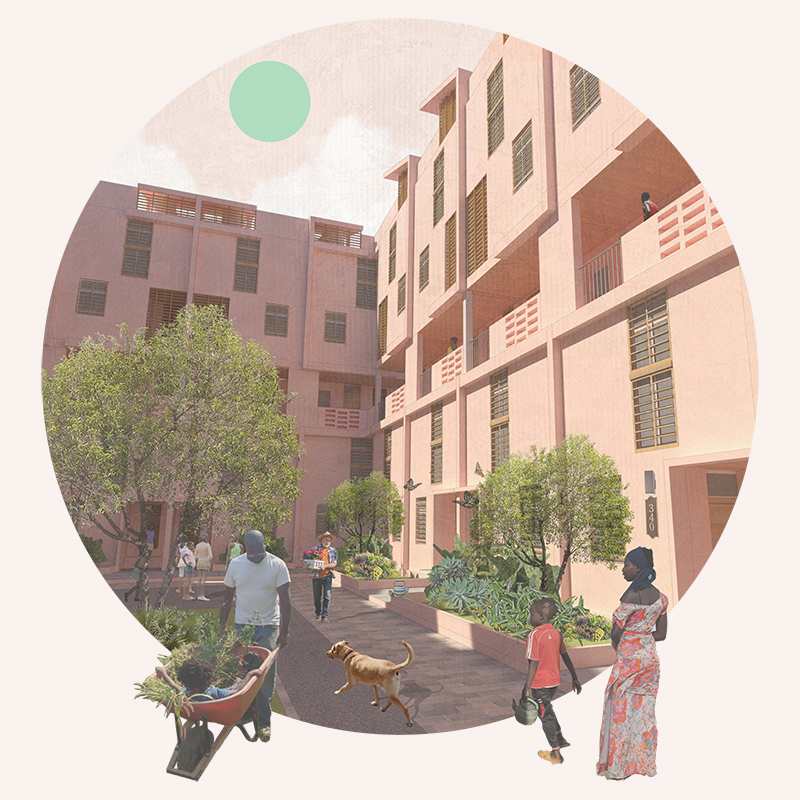
Housing on the Horizon: Low-rise, High-density Housing Strategies for Luanda’s Expanding Periphery by Kareem Mitchell
Click here for more information about Kareem’s thesis.
Following Your Passion
Jesse Bird has now completed both his undergrad and master’s at Carleton and during his bachelor degree, he won first place out of more than 560 participants in an international house design competition.
After completing his undergraduate studies, Bird took a year off and worked in Toronto and Ottawa.
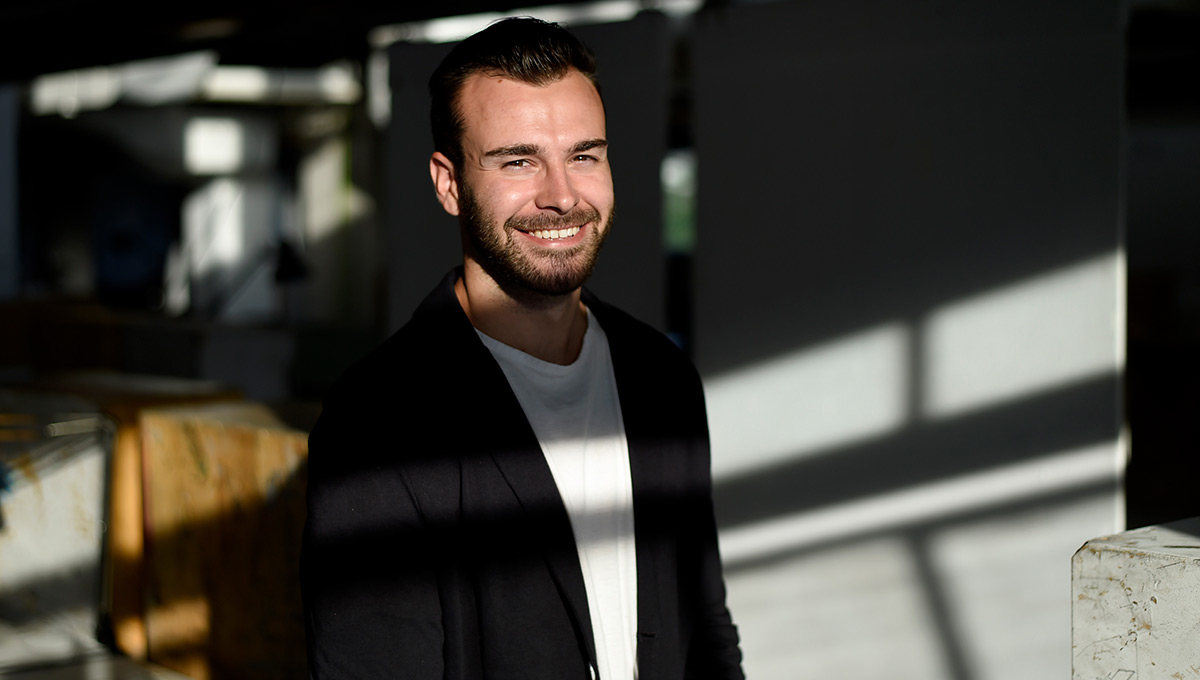
Jesse Bird
“It was a choice that I strongly stand behind for anyone contemplating pursuing a Master of Architecture degree,” says Bird. “It allows you to step back, understand the practice, and be reflective of your own passions and values.”
Growing up in Georgian Bay, Ont., Bird was initially inspired by the beauty of the great lakes surrounding him.
“Being a creative at heart, I’ve always been fascinated by the natural processes of the everyday and felt that architecture was a profession that embraced a balance of perspective, patience and context,” says Bird.
Currently teaching an online digital theory course through Carleton’s architecture school, Bird is simultaneously working alongside Australian biotech company Zeoform whose focus inspired Bird’s thesis research on the realistic potential of using fibre-based building components within the building industry.
“The plan is to return to Ottawa in early fall to continue testing the material in the engineering departments at Carleton. Throughout the remainder of the year, we will hopefully begin fabricating the material’s first prototypes,” says Bird who is also looking to get his license soon and open his own practice one day.
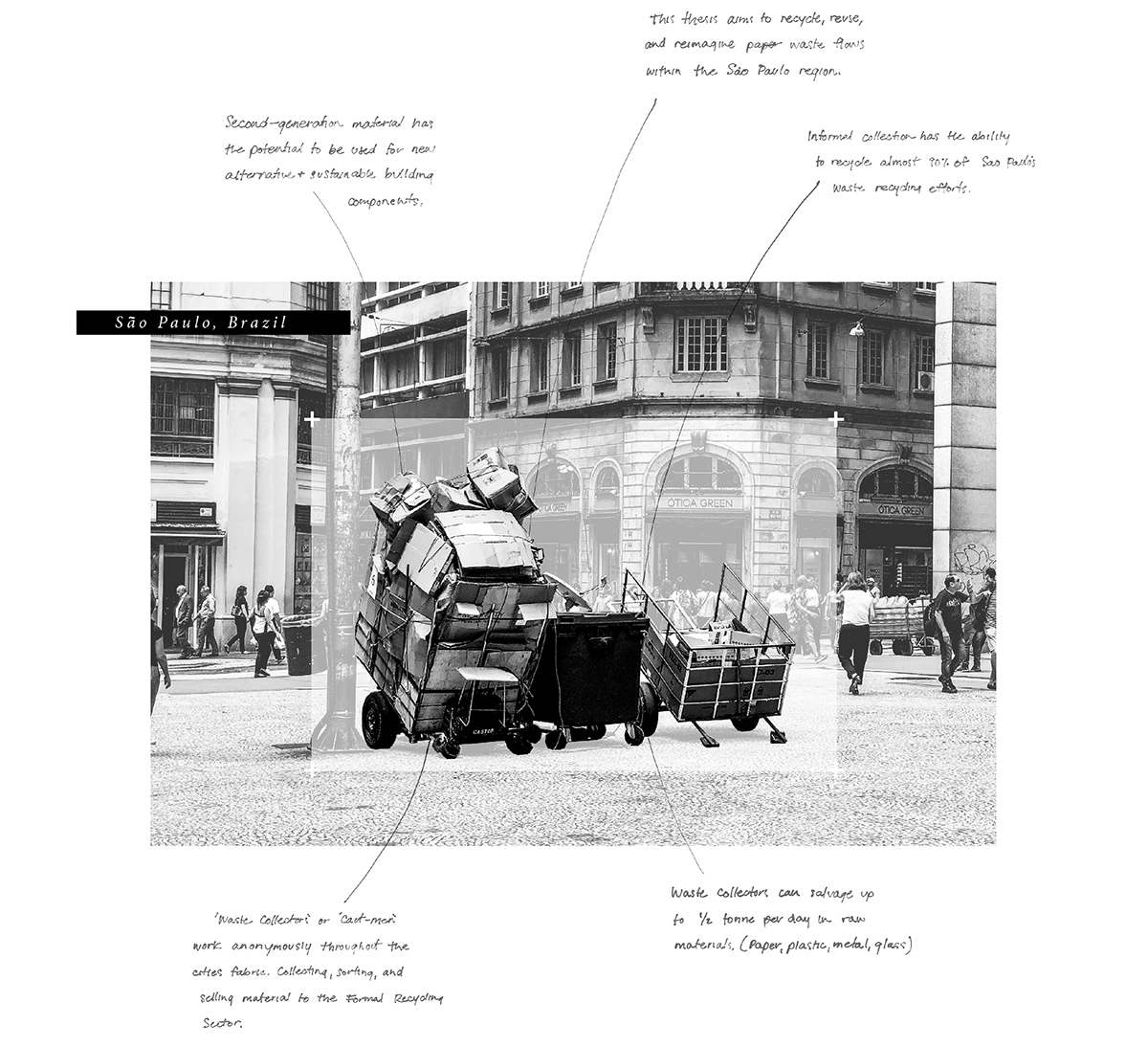
Building the Paper Economy: Finding Spatial and Cultural Agency Through Recycled Paper by Jesse Bird
More information about Jesse’s thesis can be found below.
Inspiring Research Theses
Maya Jarrah’s thesis is titled, Against Gravity: An exploration in Post-Conflict Aleppo. Her research aimed to reconstruct a few of the many facets of Aleppo in Syria through the introduction of architectural nodes in the city according to Jarrah.
“It is an exploration of ways in which designers could instrumentalize architecture as a tool to bring back joy and lightness to a post-war context, contributing to the re-emergence of the social and urban fabric of the city. My thesis adviser was Azrieli School Director Jill Stoner, who helped me challenge the one-faceted approach and seriousness that usually governs post-war architectural proposals.”
Kareem Mitchell’s thesis is titled, Housing on the Horizon: Low-rise, High-density Housing Strategies for Luanda’s Expanding Periphery. It was a collaboration with the Development Workshop—an NGO in Luanda, Angola—to explore strategies and prototypes for affordable housing in the city’s rapidly urbanizing periphery.
“The project was intended to provide much-needed housing for purchase by Luanda’s emerging lower middle class which has been chronically under-served by the formal housing market. Rapid ongoing urbanization, coupled with severe housing shortages, has produced sprawling informal settlements throughout Luanda. The bulk of housing in the city is self-built with little to no municipal infrastructure. The design portion of my thesis project explores a model neighbourhood for a micro-financed, not-for-profit development that offers residents the opportunity to own and incrementally add to their units.”
Jesse Bird’s thesis is titled, Building the Paper Economy: Finding Spatial and Cultural Agency Through Recycled Paper.
“My thesis addresses our dependence on natural resources and speculates new futures for fibre-based building components within the building industry. The project expands on our relationship with material cultures and identifies alternative economic models that can participate in a more circular economy.
Following a global waste trade ban in early 2018, the thesis identifies conventional solid waste management strategies and adopts an integrated systematic approach to help not only the processes that generate waste, but provide new material recovery solutions for the design and fabrication of plant and fibre-based building components.”
Monday, June 22, 2020 in Architecture, Grad Stories, Graduate Students
Share: Twitter, Facebook
